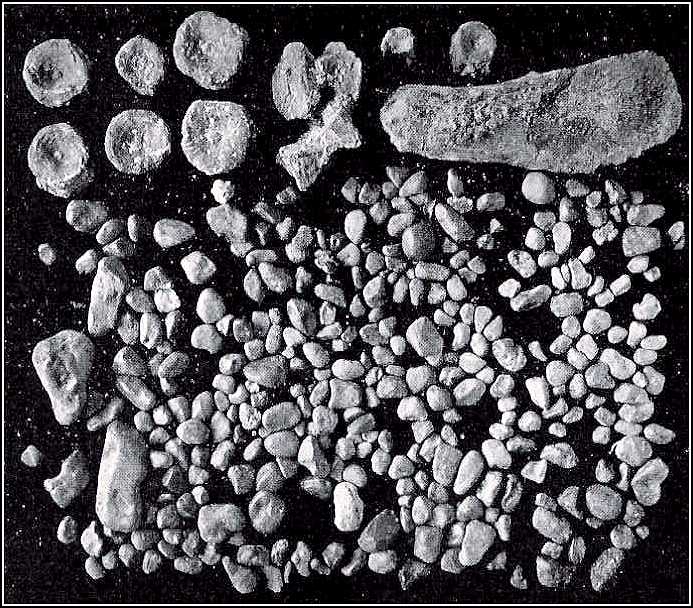| October 28, 1904]
SCIENCE
565 DISCUSSION AND CORRESPONDENCE.
THE STOMACH STONES OF THE PLESIOSAURS.
APROPOS
of Dr. Eastman's letter on the 'stomach stones' of the
plesiosaurs, published in SCIENCE, No. 510, p. 465, permit me to state that there is
not a shadow of doubt that the plesiosaurs, both Cretaceous and Jurassic, had the habit of
swallowing such stones. At least. thirty instances are now known of the occurrence of the
very peculiarly worn pebbles between the ribs or with the remains of plesiosaurs in both
Europe and America. The fact was first published by Professor Seeley, of England, in 1877,
and Seeley it was who first suggested their use in digestion and the possession of a
'gizzard' by these animals. This absolves Mr. Brown.
Crocodiles are frequently reported to have like habits, and Buckland says that the Arabs
determine the age of these animals by the number of the stones found in the stomach, one
being swallowed each year! Similar pebbles have also been found with the remains of
extinct crocodiles, and St. Hilaire gives a minute account of such instances. I need not
say also that there are various accounts in the literature of like habits possessed by
some of the seals and sea-lions. I doubt not that the habit was an intentional one with
the plesiosaurs, nor do I think that Dr. Eastman would doubt either, had he ever collected
the remains of these animals in the field. That the p1esiosaurs had a gizzard-like stomach
I do not believe, but I see nothing startling in the suggestion - with due apologies to
Dr. Eastman. His argument, that, if the plesiosaurs were of lithophagous proclivities,
other reptiles should be expected to gorge themselves on a like mineralogical diet is
hardly pertinent. The prairie chicken has the regulation gallinaceous gizzard, and,
therefore, the sage hen should have one. But it has not. Ab uno disce omnes
is not always safe. And, it must be remembered, all reptiles have stomachs with thick
muscular walls.
S. W. WILLISTON. |

